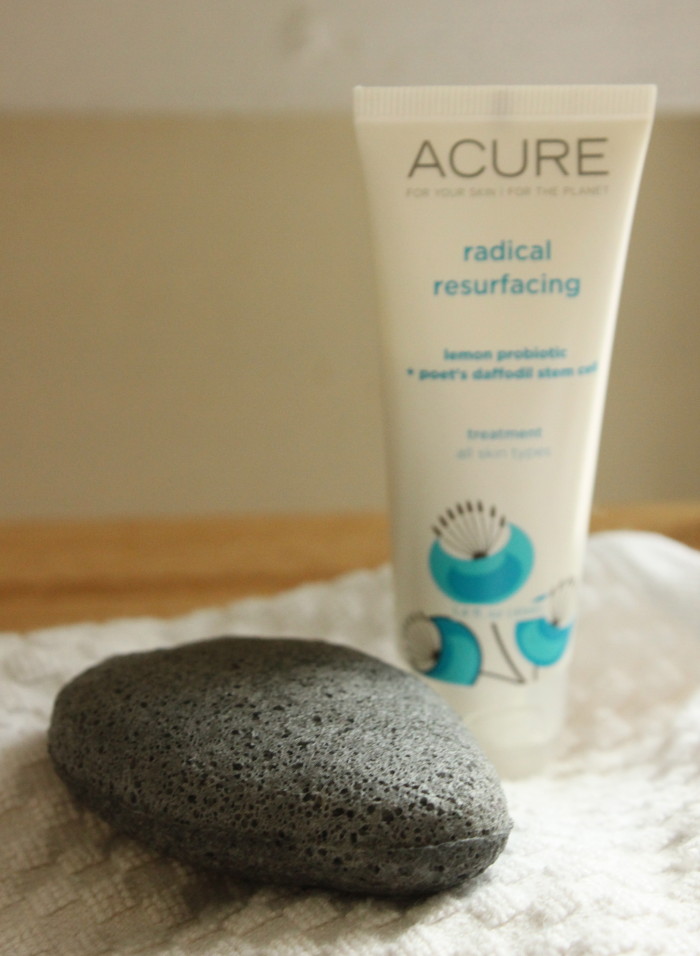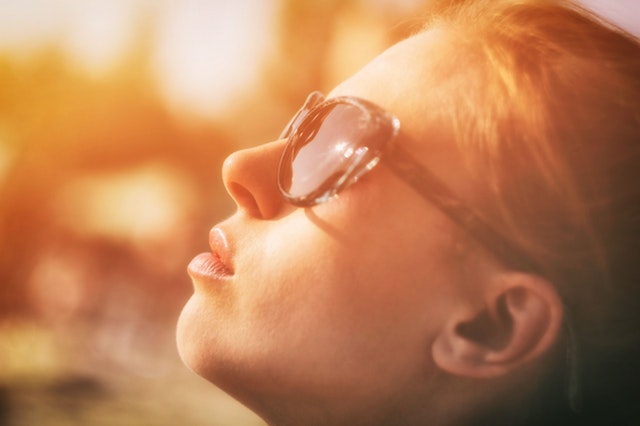The annoying thing about acne (and the reason so many people spend years trying to treat and heal it) is that no two cases are alike. What works for one person might make another’s skin exponentially worse. Like many people, I’ve struggled with acne of varying degrees of intensity since high school. I’ve tried a lot of products–some more natural than others–and they’ve offered a mix of relief and utter frustration. Even after adopting a vegan, whole foods diet, my acne did not abate, contrary to what a lot of popular literature promises.
Even during periods when my face has been technically acne-free, it hasn’t been all rainbows and sunshine. Instead, I’ve had to deal with a more insidious enemy: hyperpigmentation. For a long time I thought hyperpigmentation and scarring were one and the same, since they both develop post-breakout and leave a visible reminder of your latest blemish. But there is a significant difference between actual scarring and what is known as post inflammatory hyper-pigmentation.
Acne scars can develop as a result of picking a blemish, but they can also develop on their own if acne is particularly aggressive in nature. If cystic acne is prevalent, increased inflammation and a rush of white blood cells to the area can result in collagen loss, which is the skin’s way of repairing itself. When this occurs, an atrophic scar can develop, which appears as a deep indentation on the skin.
Post inflammatory hyperpigmentation, also known as macules, result from poking, prodding, and popping pimples, which can caused increased inflammation on the skin’s surface–but not to the extent that there is collagen loss. Often, light-skinned individuals may break blood vessels which can cause pigmentation to appear as small red or purple marks on the skin’s surface. Dark-skinned individuals will experience brown-toned macules. Unlike acne scars, which tend to demand a more rigorous and targeted treatment, hyperpigmentation is more responsive to topical treatments and will eventually fade over time.
I’m grateful that I haven’t incurred any permanent scarring, despite many years of acne, but that also means that I have a whole lot of nasty discoloration to combat. Like most beauty woes, healing one’s skin requires a lot of experimentation and investment in different products and/or treatments in order to find what works. While I do still have quite a bit of pigmentation around my cheeks, I’ve found a few natural products that have been extremely effective in aiding the healing process.
 .
.
Konjac Bamboo Charcoal Facial Puff
I decided to give this gentle exfoliate a try after reading Mary’s review, and I think it’s been one of the best investments I’ve made this year. At $10, it’s very inexpensive, yet is effective in cleansing pores and killing acne-causing bacteria. The best part is that it’s totally safe to use it every day without worrying about over-exfoliating, causing more inflammation.
Acure Radical Resurfacing Treatment
While not cheap, this cream–containing lemon probiotic, poet’s daffodil stem cell (love the name!), and chlorella growth factor–aids in reducing pigmentation while improving skin texture and tone. It’s approved for all skin types, and since a little goes a long way, I think this product is worth the extra cash.
As a preventative measure, I like to dab a bit of peppermint oil on a blemish when it first appears. More often than not, this helps to reduce inflammation and size, making it less likely for me to touch it. I like to apply the oil right before bed.
Have you ever had hyper-pigmentation? What are your best tips for treatment?
Related: My Emergency Breakout Remedies
__
Photo: Molly Lansdowne




